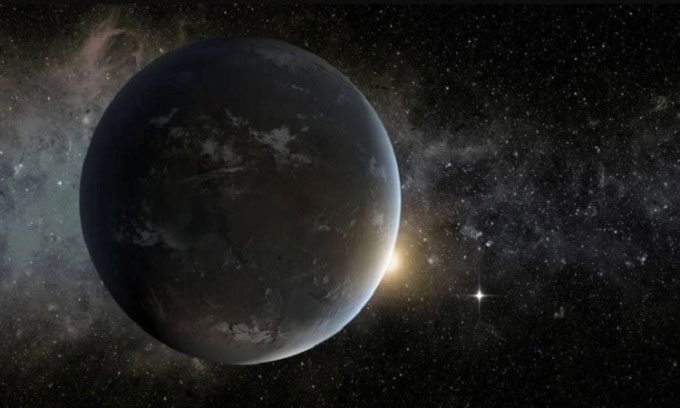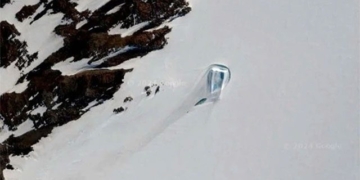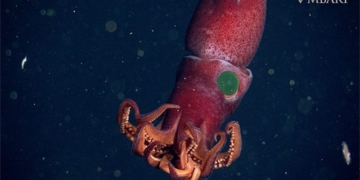The emergence of a large rocky planet in the Solar System could push Earth and many other planets out of the system.
A large planet, such as a super-Earth, would cause significant orbital disturbances for most planets, according to new research published in the journal Planetary Science. A super-Earth refers to planets that are larger than Earth but lighter than gas giants. The research findings indicate that even the slightest changes in Jupiter’s orbit, the largest planet in the system, profoundly affect the stable orbits of other celestial bodies, Space reported on March 13.

Super-Earth Kepler-62f orbits a smaller, cooler star located 1,200 light-years away. (Image: NASA).
Exoplanet-hunting missions like Kepler and NASA’s Transiting Exoplanet Survey Satellite (TESS) have helped astronomers realize that super-Earths are quite common in the Milky Way. About one-third of all exoplanets are super-Earths. They believe that the Solar System lacks super-Earths because Jupiter prevents their formation by moving towards the asteroid belt and then back, pushing many materials into the Sun.
Super-Earths can be up to 10 times larger than Earth, prompting Stephen Kane, an astronomer at the University of California, Riverside, and his colleagues to simulate planets with varied masses and place them at different distances in the main asteroid belt between Mars and Jupiter. He started with a super-Earth located at a distance twice that between Earth and the Sun, or 2 AU (one astronomical unit, AU, is approximately 297 million km), and gradually increased the distance to the outer edge of the asteroid belt (4 AU or 597 million km). This led to thousands of simulations, each starting in the present and concluding after 10 million years. Every 100 years, Kane recorded the consequences for the 8 planets in the Solar System.
According to the simulation results, all four inner planets, namely Mercury, Venus, Mars, and Earth, are particularly susceptible to orbital changes. In many cases, some or all four planets were pushed out of the Solar System. None of the thousands of simulations revealed that Jupiter or Saturn was ejected from the system. However, in some instances, the two gas giants would eject other planets, including new super-Earths or Uranus.
When a planet with a mass seven times that of Earth, such as Gliese 163c, is located outside Mars, the simulations show that the orbits of all four inner planets become unstable. The orbits of Earth and Venus become so elongated or peculiar that they could potentially pass very close to each other. Changes in the orbit would then release energy impacting Mercury, causing that planet to quickly leave the system. Mars would only exist for 5 million years, while Earth and Venus would be ejected from the system after about 8 million years.
Unlike rocky planets, gas giants, particularly Jupiter and Saturn, are less severely affected by super-Earths. Their orbits are only slightly less stable at orbital resonance points (MMR), where celestial bodies have orbits that cause a regular gravitational interaction with each other.
When Kane placed a super-Earth similar to Gliese 163c outside the asteroid belt, the orbits of Jupiter and Saturn became so egg-shaped that they eliminated the new planet, followed by Uranus. In this case, even the slightest changes at the outer edge of the Solar System could affect planets inside. For example, Mars could be pushed out of the system just two million years after Uranus.
Adding a super-Earth would cause the least disturbance if the planet were positioned at the far end of the asteroid belt, approximately 3 AU (447 million km) from the Sun. Here, it would interact less with the giant planets.


















































